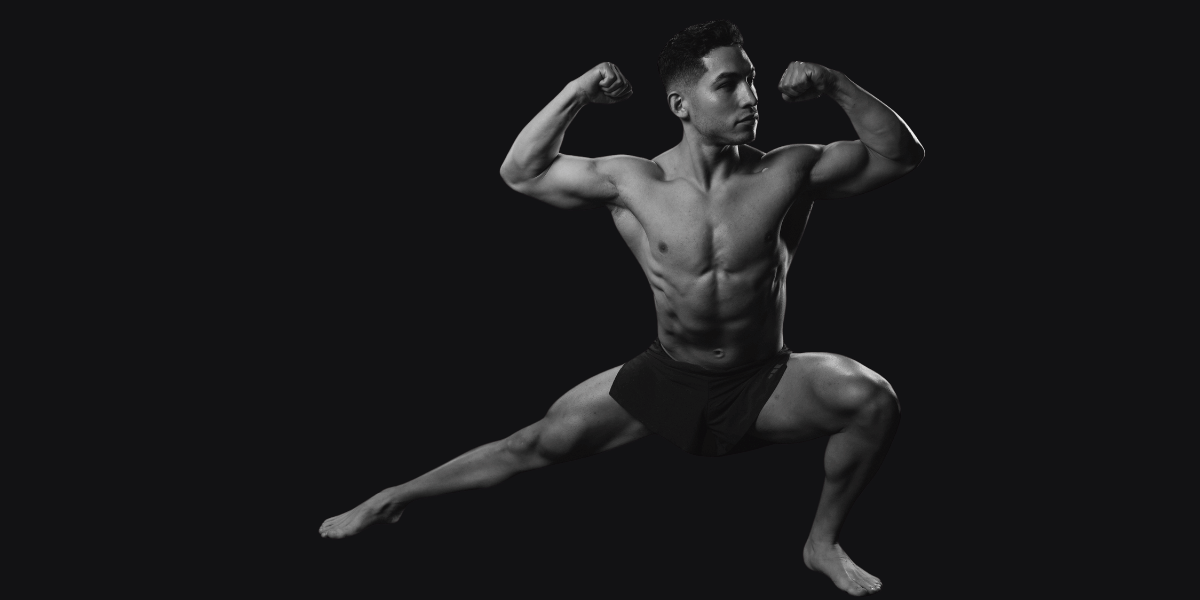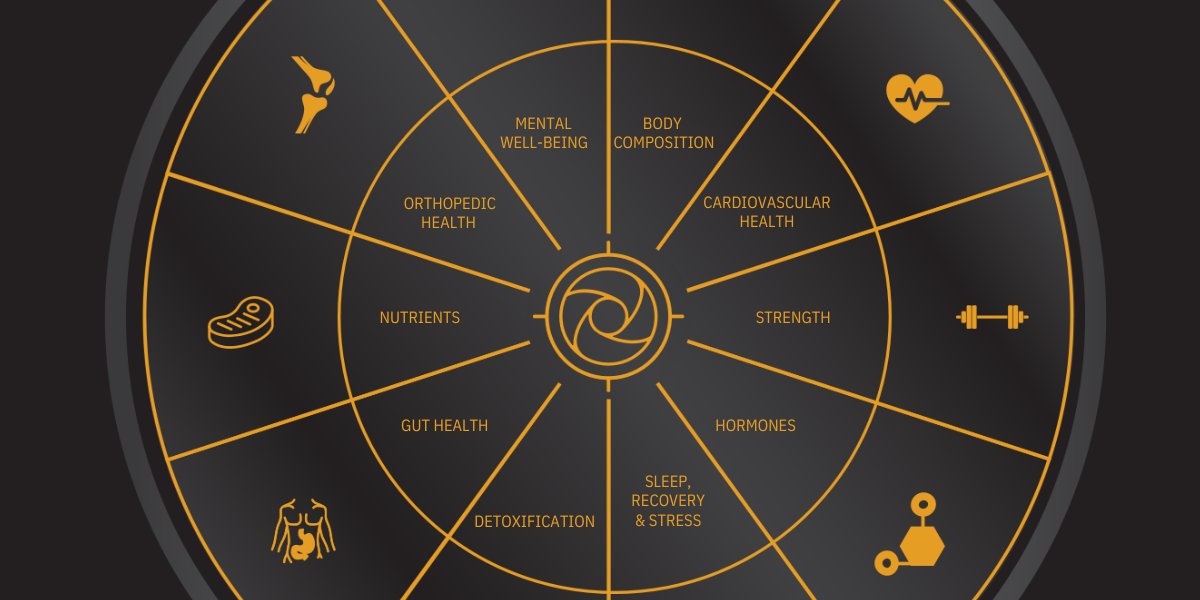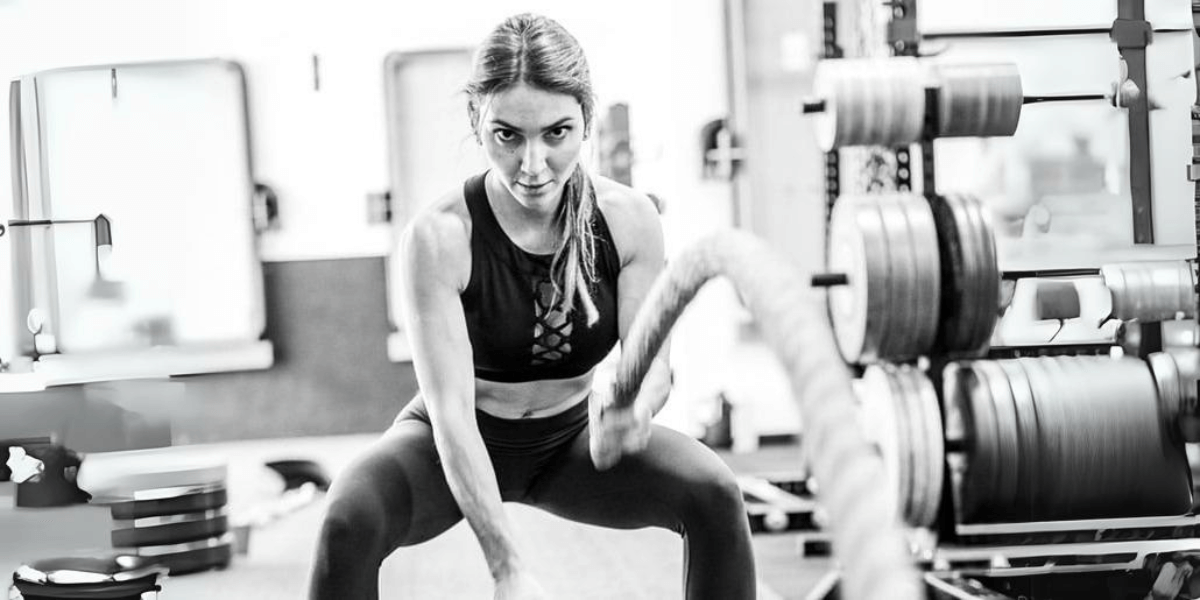Understanding the Wheel of Health: Stark's Comprehensive Approach to Well-Being
At Stark, we believe that true health encompasses far more than just physical fitness. It's about achieving a harmonious balance across all aspects...
.png?width=70&height=70&name=Stark_LogoMark%20(1).png)
3 min read
 Stark
:
Jul 27, 2024 10:56:00 PM
Stark
:
Jul 27, 2024 10:56:00 PM

Take a moment to think about your top fitness goals — did improved quality of movement come to mind? When we discuss fitness goals with our students at Stark, most people don’t think of adding improved quality of movement to their goals because it’s often forgotten about. Our chiropractors advocate for doing mobility sessions to improve your functional range of motion, but you don’t just have to take their word on it- and Rolandas Mensikovas, the mastermind behind the training programs at Stark, also emphasizes the importance of prioritizing mobility and flexibility in addition to strength training before it is too late.
You can’t have optimal health without incorporating movement and a proper diet. Rolandas Mensikovas says, “Movement is something we’re fundamentally meant to do. We are designed to move. In the 21st century, we move less and more linearly in a very structured manner, in terms of programming.”
Think about it: you go to the gym a few days a week for approximately an hour before spending the rest of your week sitting down. Whether sitting in a chair at work, on your couch, at the dining room table, or in your car — your movement repertoire doesn’t expand during day-to-day life unless you prioritize improved movement.
If someone is assisting you with stretching your leg while you’re lying down, would you agree your leg is more likely to get into a straight position than if you tried to do the splits yourself? That’s the difference between flexibility and mobility.
Flexibility is passive, while mobility is active. Having good mobility means being capable of moving in and out of positions with control versus inactively being put into stretches. The body will only allow you to get into positions if it believes it’s safe to be there and if you have the strength to get in and out of that position. Mobility is the combination of flexibility and stability.
Rolandas Mensikovas says, “Flexibility and mobility issues are almost never structural. They’re not because your hamstrings are tight. It’s almost always a nervous system protective mechanism that comes from structures talking to the nervous system. For example, the joint capsule will talk to the brain first. And if the capsule is tight, it doesn't matter how much you stretch superficial tissues: quads, hamstrings, whatever. If the joint capsule is tight and doesn’t have good movement ability, the brain will say, ‘my joint is tight so I will tighten up the tissues.’ Otherwise, the joint is vulnerable. It’s a protective mechanism.”
Mobility is connected to connective tissue health — connective tissue health is connected directly to your state of health, breathing, state of hydration, and exposure to specific demands for that connective tissue. If you're not doing anything that causes specific adaptation to that connective tissue, you can’t expect to get stronger tissue over time. From a connective health point of view, it takes anywhere between 18-24 months to have a complete turnover.
Please take your time when working to improve your connective tissue health. While no one workout will ever make a difference, every workout will cause some adaption. The process should be slow, long, and frequent. You’ll notice a difference in mobility and flexibility over time if you continue to repetitively stretch, incorporate a healthy diet, and do workouts that cause the joints to change over time due to continuous demands (repetition over a period of time). If you need help or want more personalized guidance when it comes to improving your mobility, consider mobility sessions with Stark’s orthopedic team!

At Stark, we believe that true health encompasses far more than just physical fitness. It's about achieving a harmonious balance across all aspects...

You're thinking about hiring a personal trainer for a reason. You want to change your body! Personal trainers might be experts in exercise, but they...

If you haven't heard about the trending series Blue Zones on Netflix yet, you are bound to soon enough. Blue Zones, a term coined by National...